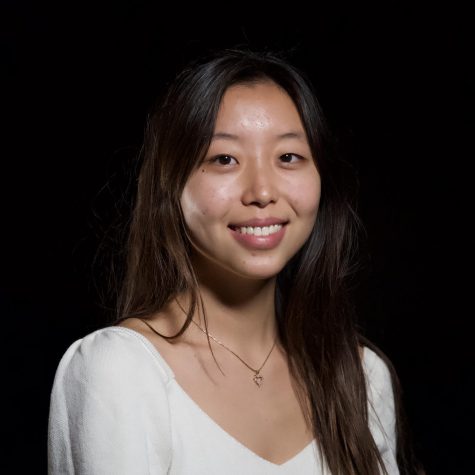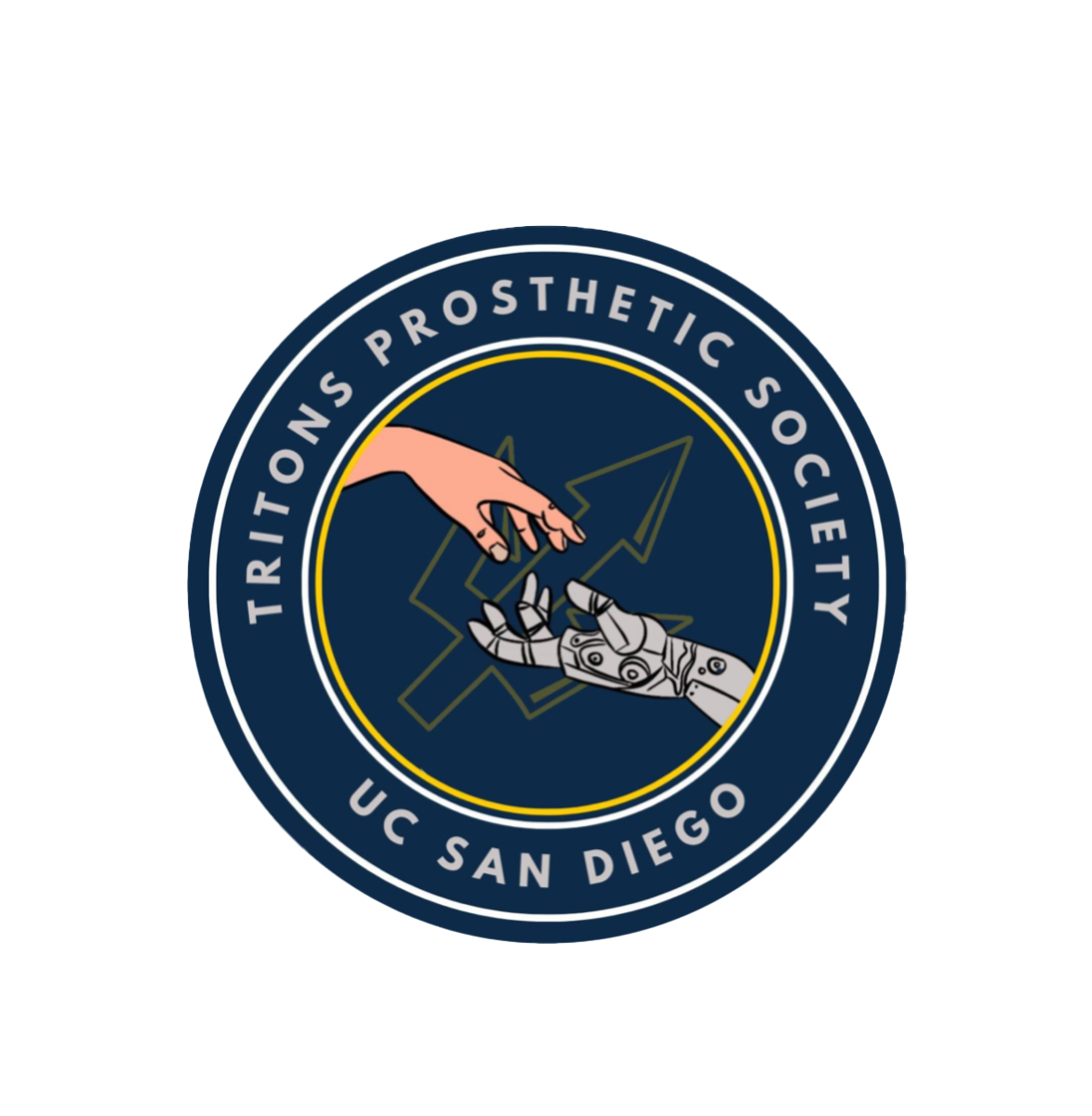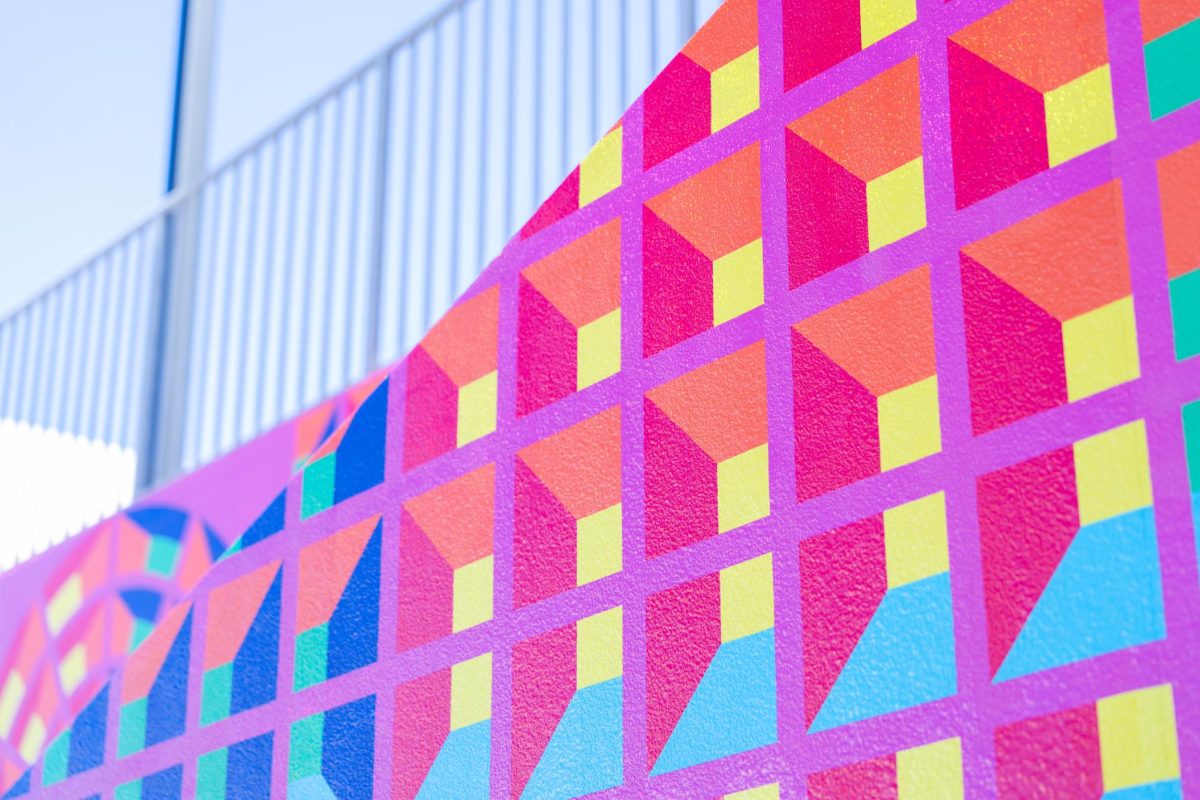Book banning extends centuries back, but today–while its effects are not usually popular–it is said to keep in mind students’ safety and emotional well-being. Still, most individuals are against this form of censorship and it extends not just to books, but other forms of literature and teachings.
On March 30th, 2022, Governor Gavin Newsom posted a photo of him reading the book “Beloved” by Tony Morrison among a set of other classics such as “To Kill a Mockingbird” by Harper Lee and “1984” by George Orwell. He took a jab at the states that imposed book bans as they were apparently “afraid” of these books.
Newsom was met with some positive feedback, while other disgruntled Twitter commenters and political opponents spoke not just on his apparent mishandling of his political career, but the hypocrisy of his actions when his state — California — banned some of these books.
Back in late 2020, a specific few books, such as the very famous “To Kill a Mockingbird,” were challenged in school curriculums by parents in Burbank, California and called to undergo a review process. There were no “yes/no” answers; the difficulty in coming to a consensus was in the attempt to accommodate all of the student population so that they could safely learn the material that often covered racism and racial slurs.
Some schools in the U.S. — particularly middle and high schools — either banned or challenged certain books. The controversy that ensues due to the book banning process occurs because of how it encroaches on freedom of speech as well as students’ opportunities to learn stimulating material that is more often than not intense or controversial.
The reasons behind calls for book bans are not all on the same coin. Some adults dub certain books too inappropriate or even harmful for young students, which displays that their requests for bans aren’t necessarily of ill intent. For instance, some schools have banned “To Kill a Mockingbird” because of its tackling of racial injustices from a white protagonist’s perspective and the peppered-in racial slurs. Others feel more of a moral calling to object to certain books, especially those with racial or LGBTQ+ themes, which some say is the result of conservative states’ desires to have more of a say in their children’s learning.
According to the American Library Association, some of the top 10 most challenged books of 2021 include the more contemporary “The Hate U Give” by Angie Thomas and “The Absolutely True Diary of a Part-Time Indian” by Sherman Alexie. Further, while certain school curriculums specifically censored books that focus on racism and LGBTQ+ themes, they also censored books with explicit themes and profanity. Both plots of the books are vastly different from each other, but some themes were perceived as either too controversial or too degrading.
Unsurprisingly then, the American Library Association counted a few hundred challenges to library, school, and university materials as well as other research databases and though this number may seem small, it is also just the result of voluntary reporting by educators.
Holland Rockwell, a Thurgood Marshall College junior, states that ultimately one can take liberties to find a book regardless of a ban since they can go to a different library or perhaps bootleg the book for free online. However, it can be a time for growth in a school setting.
“If you’re reading a work of literature in an academic setting [and] there’s something problematic that’s coming out of it, students should discuss it. It’s an opportunity to get deeper with it,” Rockwell said. “There’s only a handful of books that everybody reads. If you’re discussing it in a classroom [though] it’s fine. You have access to an educated adult.”
In fact, book bans had a similar, humorous effect to prohibition laws in the early 20th century — people just sought the source of some peoples’ anger even more. Due to the book bans in states like Tennessee and California, many took to Twitter to express their rebellion for book bans by posting photos with their favorite banned books and encouraging individuals to keep on reading. Bookstores and libraries also played a part as well.
Barnes and Noble has a list of banned and challenged books that can easily be found on their website. As of April 13 through the end of May, the New York Public Library allowed readers to get select banned or challenged books for free on their e-reader app, SimplyE, for iOS or Android. Banned Books Week also takes place annually and will be held Sept. 18–24 this year to celebrate censored materials.
UC San Diego participated in Banned Books Week just last year, which denounced censorship in favor of more reading. During the winter, the main floor of Geisel Library had a small exhibit for the first edition copy of “Ulysses” by James Joyce. The book was once banned in the U.S. for obscenity reasons.
Interestingly enough, the recently flared up discussion on banned books coincides with National Poetry Month of April, which Geisel Library is presently acknowledging. National Poetry Month was first launched in April 1996 with intent on showcasing the achievement of American poets and encouraging attention on poetry; this comes just a couple of decades after the first Banned Book week. As of now, there are eight poetry display cases along Geisel West on the second floor and on the floor below in Geisel West, there are four glass displays celebrating National Poetry Month.
The exhibits neatly display unbridled content of haikus and elegies, poems in different languages such as Spanish, poems in different mediums such as magnets or origami paper, and much more. In fact, the poems also delve into experimental writing, with many poems displayed in codes such as in “Code Poems” by Hannah Weiner.
A few decades ago, some schools banned “We Real Cool,” a short poem by Gwendolyn Brooks, for its apparent sexual connotations of the word “jazz.” Brooks said that was not her intent but that poetry is for personal use and while she is the author, anyone is free to interpret the lines as they wish. The poem “Howl” by Allen Ginsberg was so controversial that it went into an obscenity trial, where it was eventually dubbed to not be obscene. The Archive for New Poetry has a first edition, first printing of the piece by the author in Geisel Library.
Similar to Brooks, academic institutions’ lack of censorship similarly makes it clear that students or other readers carry the right to come to their own viewpoints, which is why book bans are usually denounced and especially not commonplace in higher institutions such as universities.
“A conservative movement that once claimed to stand for limited government is increasingly embracing the coercive use of law to commandeer a culture it fears it has lost,” Zach Beauchamp, senior correspondent for Vox, said for a February piece regarding book bans and its prevalence in more conservative states.
However, interestingly enough, in a survey done on behalf of the American Library Association, large majorities of voters or 71% Mgr
Ultimately, the present exhibits and the discussions around book banning both provide an opportunity for more visible conversation on literature around students. When it comes to UCSD, about 4.9% of the undergrad students on campus are Arts and Humanities majors. This is quite a small percentage in contrast to other majors such as Cognitive Science, Biology, or Computer Science and Engineering. This, however, doesn’t mean that one can or can’t get involved in more readership.
In San Diego, currently, there is a community reading program called One Book, One San Diego with many partnerships, including the UCSD Library. Geisel Library also is undergoing new renovations taking place and set for completion in August 2022 and its creation of a central Service Hub area pledges to also hold an automatic book dispensary. For National Poetry Month, one can sign up for daily poems in their inbox.
Image courtesy of Movidagrafica Barcelona of Pexels.
















Glenn Lam • May 12, 2022 at 2:50 pm
Excellent article! Really, I was interested to read this informative post about banning literature. I totally agree with you on all these points that you mentioned in this post. If a writer writes with an idea, a scene, or a character in the book that offends their religion, sense of morality, or political view, it should be banned. So I would like to suggest this resource https://edubirdie.com/write-my-literature-review for those writers who write any literature books. Here you can get top-notch literature book reviews that can help avoid banning. Anyway, thank you author for sharing this helpful topic.
Sarah • Apr 18, 2022 at 1:45 pm
Wow! What a nuanced and thoughtful take on book banning. And I didn’t even know Geisel library had all this cool poetry on display right now!!